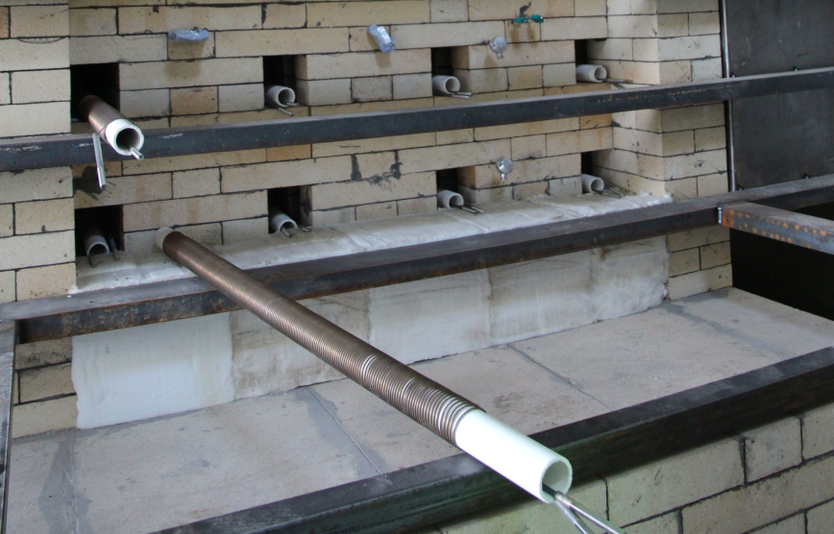
The high-temperature storage system: Electrical heating elements generate heat that is stored by ceramic elements
© TH Mittelhessen
A new quarter consisting of approx. 300 apartments and various commercial buildings is being built on the almost eight-hectare, unused site of the former US motor pool in Giessen. The partners in the FlexQuartier project have been entrusted with equipping the new urban quarter and are receiving a total of more than four million euros in funding over a period of almost four years by the German Federal Ministry for Economic Affairs and Energy (BMWi). The solutions developed are to serve as a model for planning future energy-integrated urban districts.
At least half the roofs of residential buildings are to be equipped with PV systems with a total output of 500 to 1,500 KW. In order to ensure flexibility of supply despite the fluctuating supply of solar energy, the project will create an innovative storage system consisting of three technologies. In a high-temperature storage system (power-to-heat-and-power), surplus electricity from electrical heating elements will be used to heat ceramic plates to up to 1,100°C. If necessary, the heat can then be converted back into electricity or heating energy via a gas turbine. The waste heat emitted from this is collected in a central hot water-stratified tank and fed into the district heating grid. A multifunctional battery storage tank for electricity will complement the storage system.
In order to complete the sector coupling, a central component of the energy-efficient equipment, electromobility will also be integrated into the concept as a further component. The planners expect the combination of installed renewable energy systems and the new storage facility to meet most of the demand in the three sectors heat, electricity and mobility. The adjoining energy infrastructure will also benefit from the storage system: surplus electricity can be used as control energy or fed into the Giessen district heating network.


